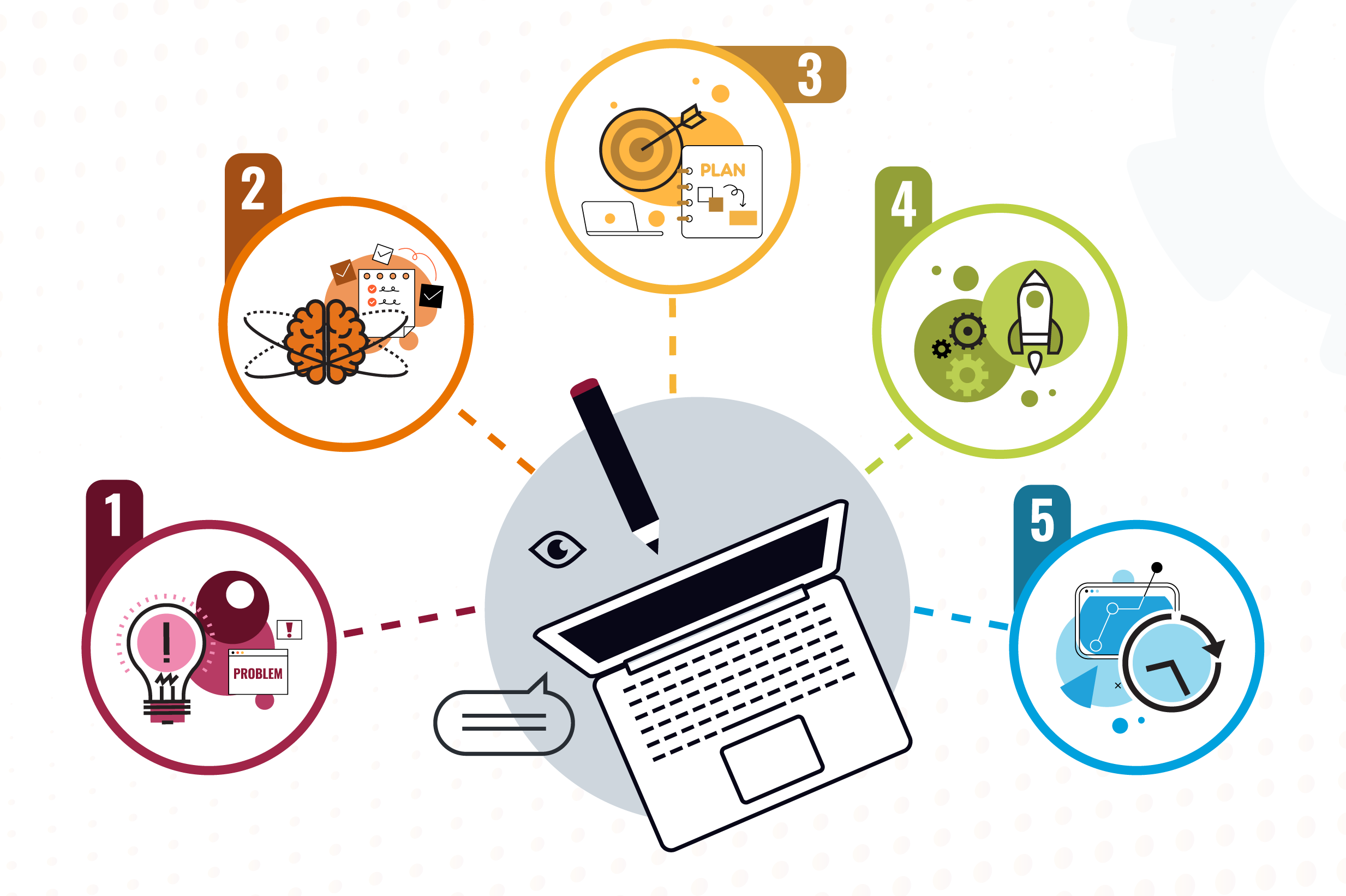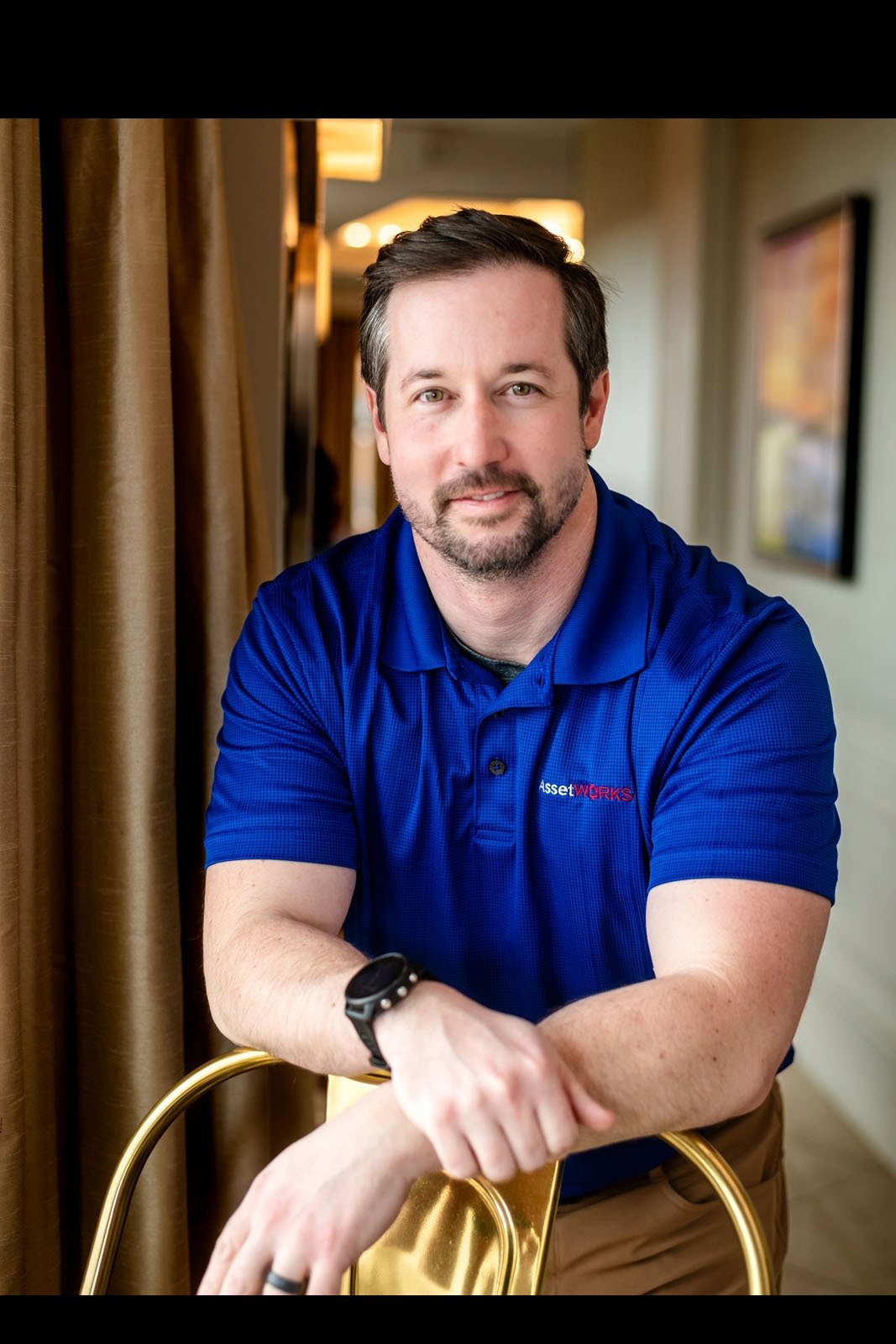What you need to know about the difference between IWMS and CAFM

Greg Jarboe

I’ve waited a couple of weeks to write this post about the significant differences between Integrated Workplace Management System (IWMS) and Computer Aided Facility Management (CAFM) software.
Now, it’s not hard to provide you with definitions of both of these terms. But, I also understand that what you really want is help making longer-term decisions. So, explaining the difference between IWMS and CAFM software provides you with some tactical advice. But, to help you make a complex purchase decision, I also need to provide you with strategic insights.
And, that’s not easy because it’s still unclear what a “nearly normal” return to classes this fall will look like at most colleges and universities in a post-COVID world.
For example, Jon Levy recently wrote an essay for The Boston Globe entitled, “The hybrid workplace probably won’t last.” His book excerpt/adaptation of You’re Invited: The Art and Science of Cultivating Influence, which has just been published, said, “Many people are convinced that post-pandemic corporate America will have a hybrid workforce, in which most people work from home and companies save on real estate and perks. As a behavioral scientist who spent the last two years researching and writing a book about connection, trust, and belonging, I’m betting pretty much everyone eventually will go back to the office.”
In other words, a director of facilities for a college or university with a complex infrastructure and changing needs to decide whether “many people” or Levy is right in order to make a smart choice between CAFM or IWMS for his or her campus.
What is CAFM software?
As Kevin Raasch explains in his jargon-free guide, “Facilities Management Software Jargon... Simplified,” CAFM (Computer Aided Facility Management) software is primarily used as a space planning and asset management tool. He adds, “CAFM is often a piece of a more robust system.”
Typically, a CAFM offers:
- Space Planning.
- Asset location.
- Move management.
Raasch says, “Space and move management are the most common uses for this software. Organizations use CAFM for organizing space and keeping track of items within the area.”
In short: CAFM is a single resource for tracking space use and managing moves. While not comprehensive, facilities staff often utilize CAFM as a piece of a larger platform.
What is IWMS software?
Raasch’s guide also explains that an IWMS (Integrated Workplace Management System) is the most comprehensive of the facilities management platforms.
A complete solution, an IWMS focuses on all the pillars of facilities management:
- Real Estate & Lease Management: Track and manage your portfolio of facilities all in one platform. From financial accounting to automatic lease management to strategic planning, our intelligent solutions make your everyday responsibilities a little less daunting.
- Space Management: You don’t work in a silo, and neither should your facility management software. Gain visibility across your entire inventory for better informed decisions that make planning for the future easier than ever before.
- Operations & Maintenance: Improve operations, reduce costs, and respond more effectively to challenges with our facilities management software. From built-in sustainability tools to lease management, our solution handles all of your O&M needs in one integrated platform.
- Construction Project Analysis: Manage facility transitions from construction to operation under a single unified system. No more intensive data entry process or lost asset data — everything is automated within our platform.
- Utility Management: Make smarter, better informed decisions with our utility management services in a fully integrated package. Our system eliminates difficulties associated with meter hierarchies while providing energy usage pattern analysis to help inform your future decisions.
- Assessment & Needs Analysis: Increase the quality of your information and make better long-term operational and budgetary decisions with our assessment and needs analysis platform. No more half-accurate snapshots — get the full picture for a stronger multi-year plan.
Raasch says, “An IWMS provides extensive functionality within a single platform.”
In short: If you’re looking for a comprehensive platform that focuses on all pillars of facilities management, then an IWMS is your best choice.
The difference between IWMS and CAFM is significant
It should be clear from this quick examination of the definitions that there are some similarities, but the difference between IWMS and CAFM isn’t trivial.
Yes, software tools like Computer Aided Facility Management (CAFM) and Integrated Workplace Management Systems (IWMS) equip you to plan, monitor, and execute your facilities management tasks. And, yes, either CAFM or IWMS help you to guide your facility with precision.
But, don’t settle for CAFM software alone when you can get so much more out of your facilities management software. For example, AiM from AssetWorks is an IWMS that provides an extensive range of facilities management tools under a single, unified software platform.
Why is buying a CAFM or IWMS so complex and difficult?
Now, I understand that, as a Director of Facilities in higher education, you are already doing more with less.
But, as Carl von Clausewitz observed in his classic book, On War, “A short jump is certainly easier than a long one, but no one wanting to get across a wide ditch would begin by jumping half-way.”
So, what you also need is someone who can help you through a complex buying process.
According to Gartner, “The typical buying group for a complex B2B solution involves six to 10 decision makers‚ each armed with four or five pieces of information they’ve gathered independently and must deconflict with the group. At the same time, the set of options and solutions buying groups can consider is expanding as new technologies, products, suppliers and services emerge.”
Gartner adds, “These dynamics make it increasingly difficult for customers to make purchases. In fact, more than three-quarters of the customers Gartner surveyed described their purchase as very complex or difficult.”
Gartner research also identified six B2B buying “jobs” that you and your peers must complete to their satisfaction in order to successfully finalize a purchase:
- Problem identification: “We need to do something.”
- Solution exploration: “What’s out there to solve our problem?”
- Requirements building: “What exactly do we need the purchase to do?”
- Supplier selection: “Does this do what we want it to do?”
- Validation: “We think we know the right answer, but we need to be sure.”
- Consensus creation: “We need to get everyone on board.”
Where can you get more information about IWMS vs CAFM?
To help you through this complex process, the higher education experts at AssetWorks is focused on providing you with prescriptive advice and practical support to make the buying process easier to navigate and complete.
At a minimum, they can provide you with information that is:
- Relevant to the specific challenges you face.
- Easy for you to use quickly and effectively.
- Useful in accomplishing your complex job.
- Credible and backed up by data and facts.
Plus, I’ve met them on several occasions and I’m in the process of interviewing each member of the team. And I’ve been impressed with their expertise, experience, trustworthiness, and likability.
So, if you have questions about CAFM or IWMS, just contact one of the higher education experts at AssetWorks. They are located in the US and Canada, the UK and Ireland, as well as Australia and New Zealand. And they know education and have the technical expertise and the answers you need to ensure you and your campus are supported throughout implementation.
About Greg Jarboe
Greg Jarboe is the president and co-founder of SEO-PR, which has provided services to the University of the Pacific, the University of Pennsylvania, Rutgers University, and Dickinson College. Greg has been an instructor in several Rutgers Business School Mini-MBA programs.
Greg graduated from the University of Michigan, which was founded in 1817, but spent his junior year at the University of Edinburgh, which was founded in 1582, making it one of Scotland’s ancient universities and the sixth oldest university in the English-speaking world. That’s when he had his first bite of haggis at a Burns Supper.
Subscribe to AssetWorks' Blog & Newsletter
We send out periodic updates to our facilities community.
Read On

CAFM vs. IWMS - Your Guide to an Informed Decision
Does your campus need a Computer Aided Facilities Management (CAFM), or an Integrated Workplace...
Learn more arrow_forward
Three Keys to Effective Space Management
Let’s talk about space management.
Wait a second. I hear the lightsabers firing up already.
Please...
Learn more arrow_forward
Five Stages to Implementing a Winning Facility Management Strategy
Campus facilities teams are under more pressure than ever. With limited budgets, aging buildings,...
Learn more arrow_forward


